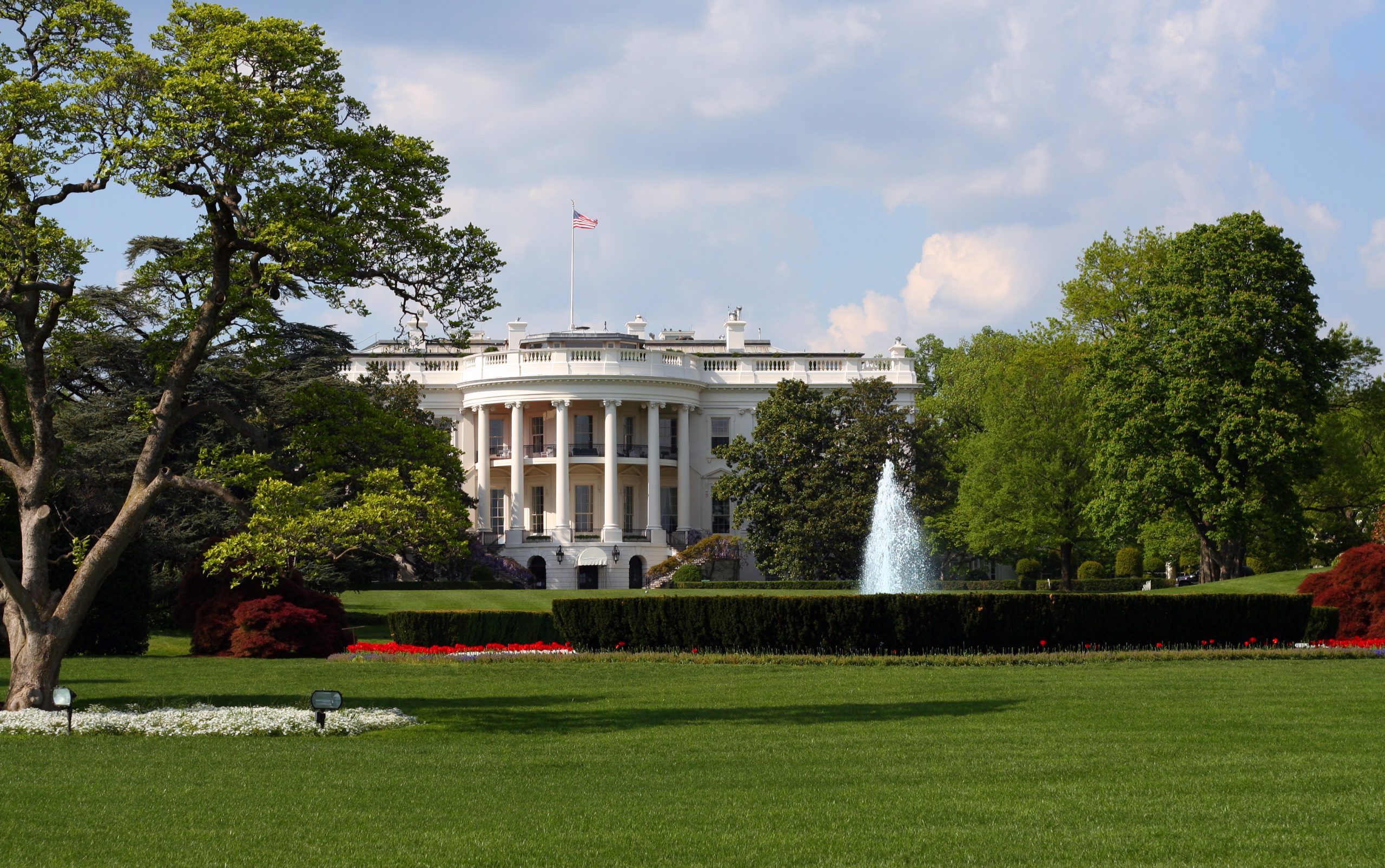Air purification should be central to the White House’s Federal Building Performance Standard

On December 7th 2022, the Biden-Harris Administration announced its Federal Building Performance Standard (BPS), setting an ambitious goal to cut energy use and electrify equipment in 30% of the Federal government’ building space by 2030. The ultimate goal is to achieve net-zero emissions in all Federal buildings by 2045. (HVAC)
The central tenet of the Federal BPS is to promote extensive energy retrofits and strategic equipment replacement in existing buildings, campuses, and installations to meet emission and energy reduction goals. To achieve these goals and “drive life cycle cost-effective, long-term solutions”, the BPS advocates holistic approaches that consider cross benefits.
One such cross benefit, highlighted in the new standard’s ‘Policy and Purpose’ opening section, is to reduce air pollution and improve indoor air quality for occupants of Federal workplaces and community spaces.
HVAC should be the focal point
In the USA, residential and commercial buildings represent 35% of CO2 emissions. Commercial and government buildings cost $190 billion to power each year. With 80% of government buildings expected to remain in service over the long term, they represent a substantial burden to the taxpayer as well as the environment.
A typical Heating, Ventilation and Air Conditioning (HVAC) system can account for half a building’s total space-conditioning energy consumption. That is due to the fact that, once mechanical ventilation has introduced outside air into a building, that air must be conditioned to a constant temperature to ensure a comfortable indoor environment.
In order to reach the desired temperature, typically around 70F, the HVAC system must either cool and dehumidify the air through Air Handling Units (AHUs) or heat it via radiators or AHUs. Both these functions are energy-intensive.
Ventilation is more important than ever
Less ventilation is not an option. The pandemic has taught us that the main transmission method of viruses like COVID-19 is via the air.
As a result, the World Health Organization now recommends an indoor ventilation rate of 10 liters of fresh air per person per second (l/p/s). Pre-pandemic, the American Society of Heating, Refrigerating and Air-Conditioning Engineers’ (ASHRAE) building standard recommendations were to provide 3-5 l/p/s of fresh air, yet their latest recommendations are 2-3 times that of the pre-Covid level.
More ventilation means more energy usage, which in turn translates into higher costs and a higher carbon footprint. It can also mean dirty indoor air, as outdoor air is not always ‘fresh’. It can be polluted, and when dirty outside air is brought indoors through ventilation, it increases the indoor density of polluting particulate matter (PM2.5). This is especially true in buildings that are close to main roads and industrial or construction sites.
A balanced solution that saves energy
In addition to recommending a higher air change rate, ASHRAE stipulates a maximum CO2 level of 1,100ppm in indoor spaces. Unlike particulate matter, CO2 is not dangerous to health, but it causes drowsiness and a loss of concentration. Offsetting CO2 requires fresh air.
New clean air technology exists that has been demonstrated to balance these challenges and to deliver excellent indoor air quality, while reducing ventilation related energy spend substantially. Monitoring and balancing ventilation with new air cleaning tools can reduce carbon emissions significantly and help the White House reach its goals.
Given the current hike in energy prices, such consumption savings translate into sizable financial savings. US electricity costs have risen by 16% in the past 12 months, while natural gas costs have seen a 33% increase in the same period (source: US Bureau of Labor Statistics).
The White House’s next step
Although the White House has endorsed the recent guidance in the US Environmental Protection Agency’s (EPA) ‘Clean Air in Buildings Challenge’, the message needs to be clearer. Building managers need more specific guidance on the air purification technologies that are proven and safe, as well as the airflow required to efficiently clean the air. Furthermore, do-it-yourself air cleaners ‘built from HVAC filters and box fans’ have absolutely no place in government guidance.
The message is simple: air quality and ventilation should be a key part of the White House’s strategy. New technology can deliver a clean bill of health to public building occupants, while saving the taxpayer money and contributing to the US’ net-zero goal.
